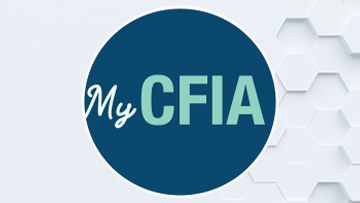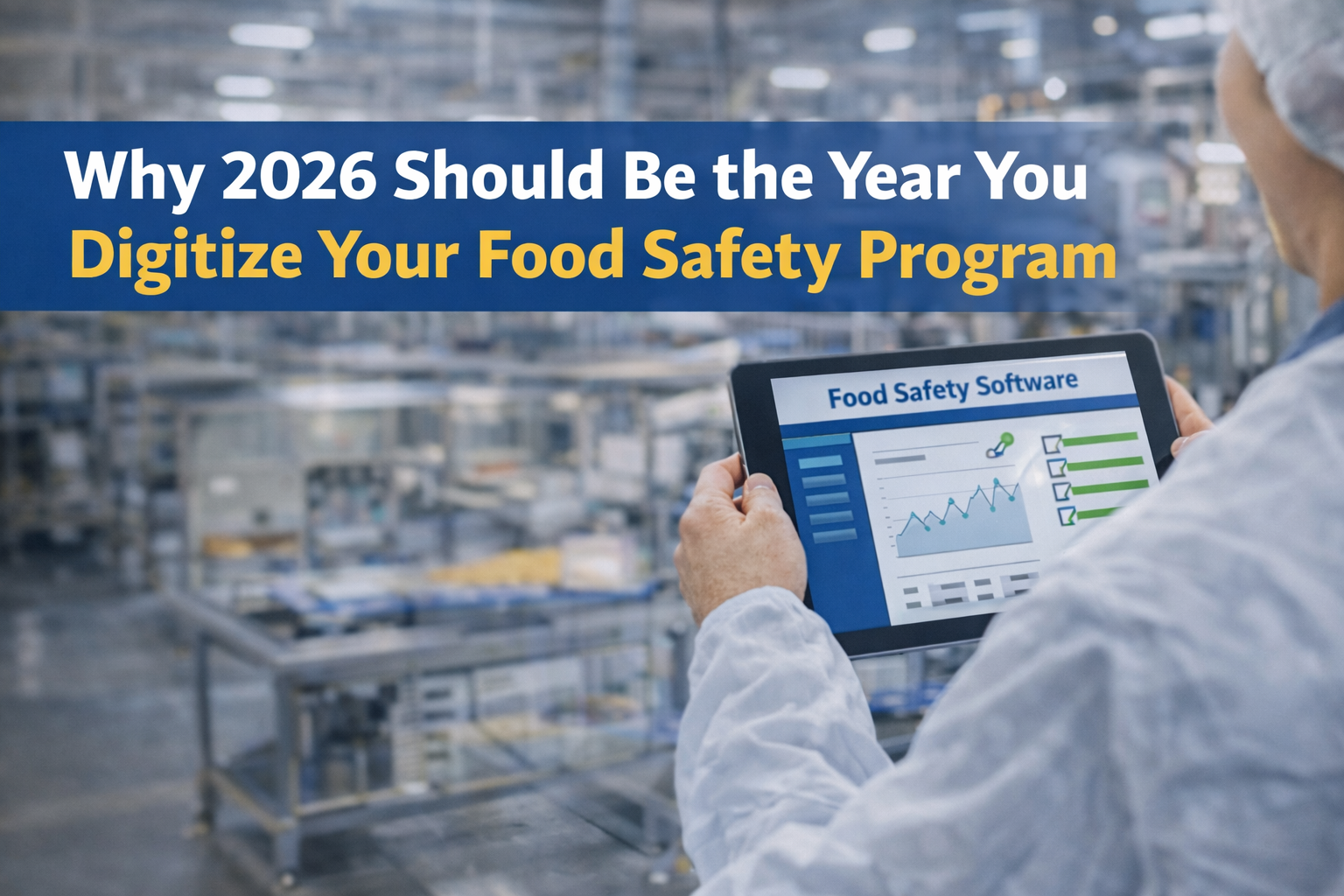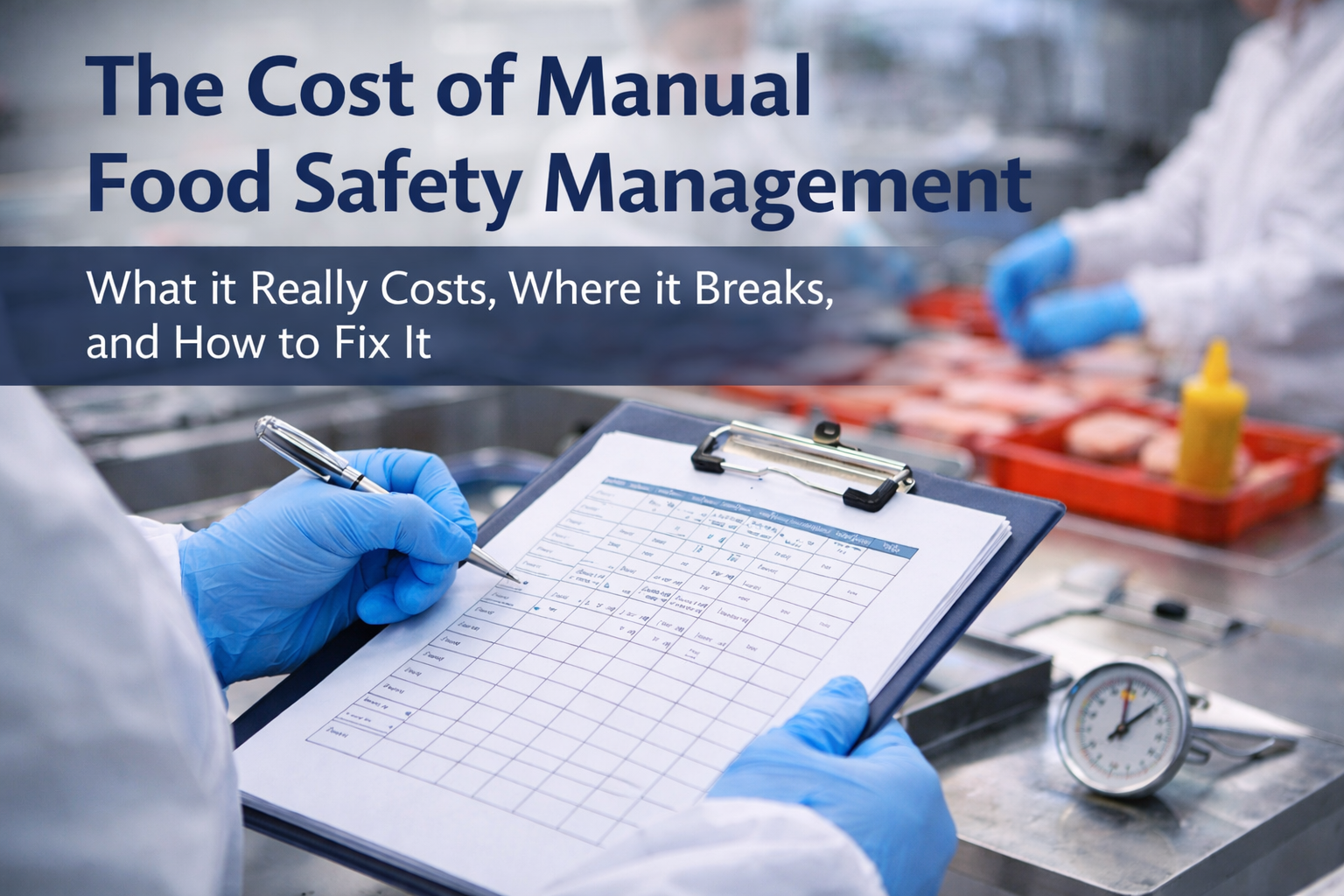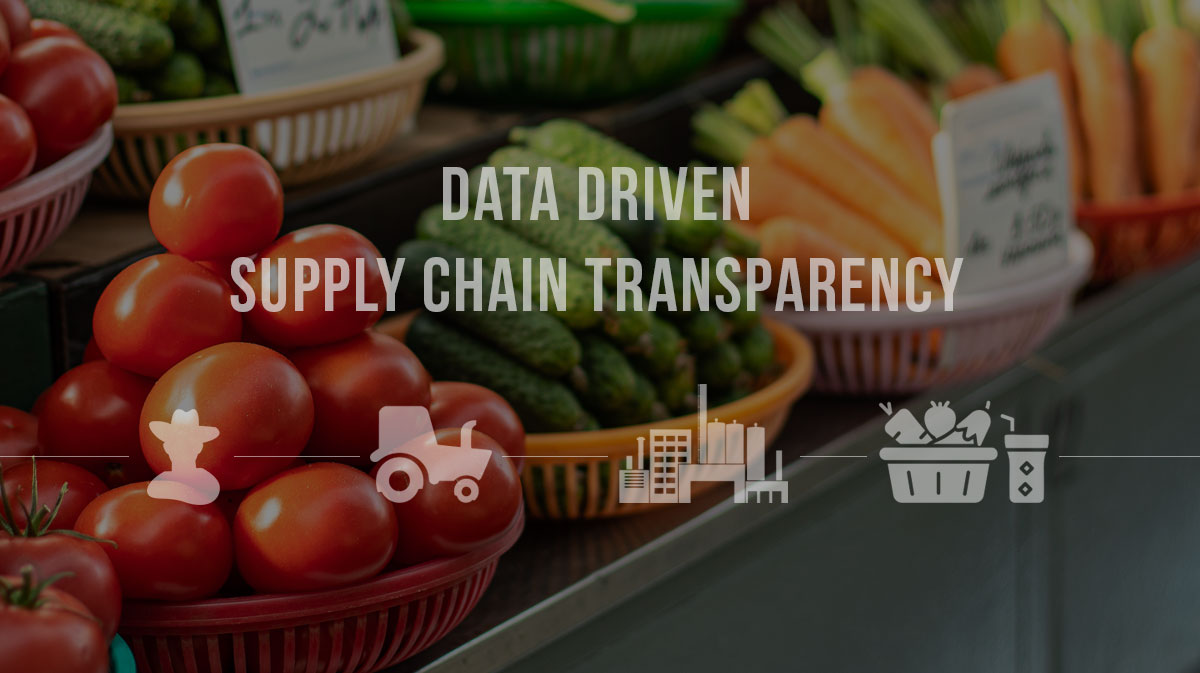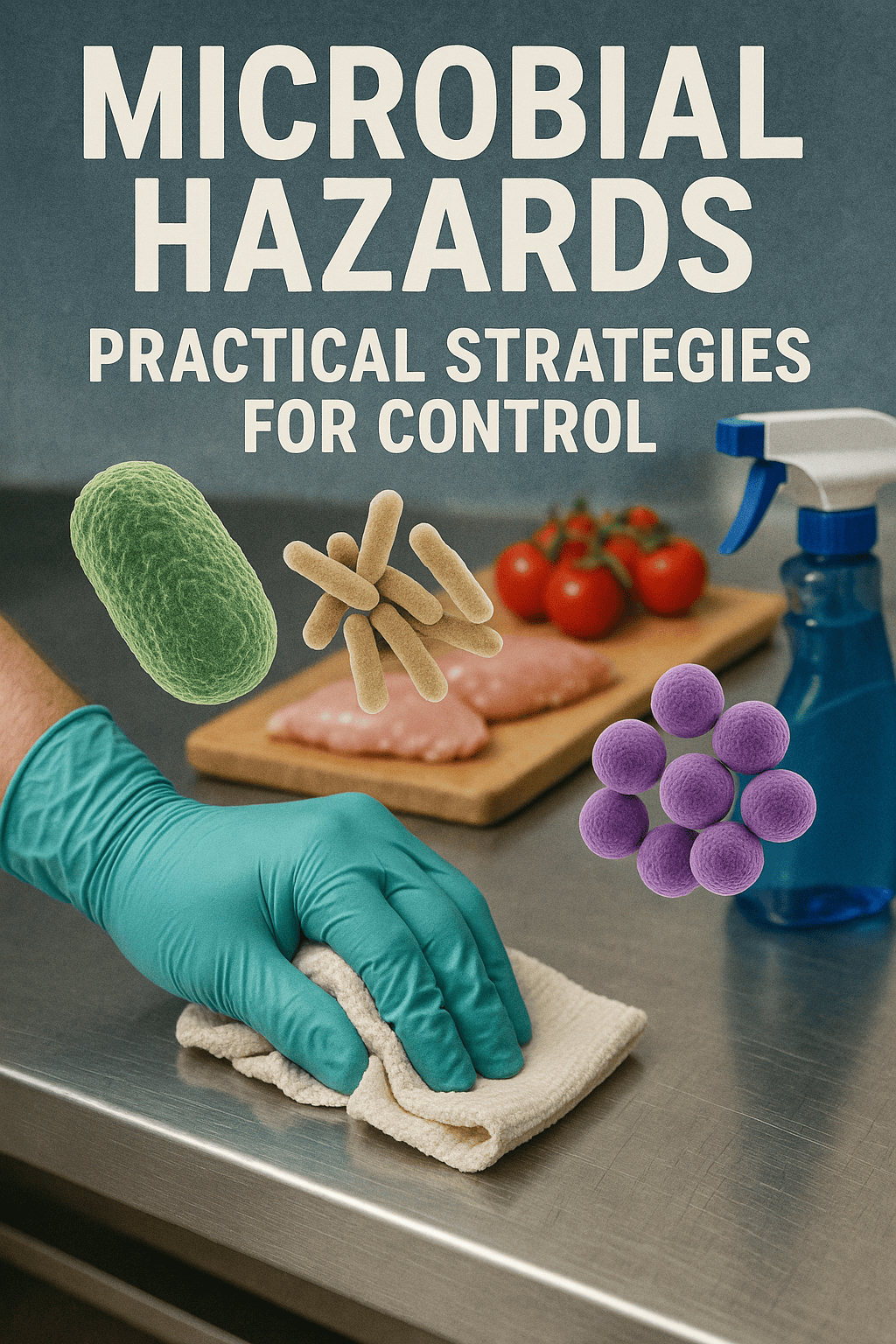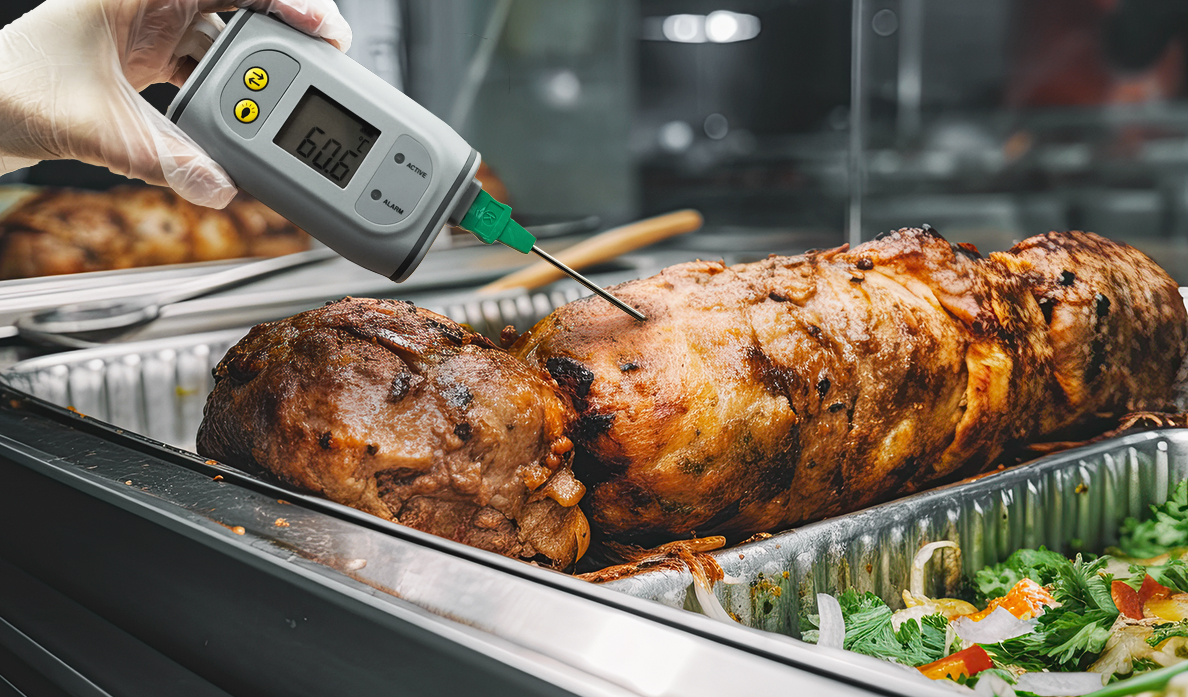Obtaining a CFIA (Canadian Food Inspection Agency) license for import and export is a crucial step for any food business looking to trade in Canada. The CFIA ensures that imported and exported food products meet the necessary safety and quality standards to protect consumers. In this comprehensive guide, we will take you through the entire process, from application to approval, and highlight the importance of food safety software, food safety, and food traceability software in the journey.
Why a CFIA License Matters
Before diving into the step-by-step process, let's understand why obtaining a CFIA license is essential for food businesses. The Canadian food industry is highly regulated to ensure the safety of consumers and maintain the integrity of the food supply chain. A CFIA license demonstrates your commitment to food safety and quality, which is a significant selling point for consumers and retailers alike.
The Role of Food Safety Software
In today's digital age, food safety software plays a pivotal role in managing and maintaining food safety programs. Companies like NORMEX offer advanced food safety management software that automates various tasks and operations, making it easier for businesses to adhere to CFIA regulations.
Step 1: Understanding CFIA Regulations
The first and most critical step in obtaining your CFIA license is understanding the regulations that apply to your specific food products. The CFIA has strict guidelines for different types of food, including meat, dairy, seafood, and more. You must ensure that your products meet these requirements before applying for a license.
For example, if you are exporting seafood, you need to familiarize yourself with the CFIA's specific regulations for seafood safety and labeling. This is where food safety software comes into play. It can help you keep track of the latest regulations and ensure that your products comply.
Let's say you are a seafood exporter. Your food safety software, such as NORMEX, can provide you with up-to-date information on CFIA's seafood regulations. It can also help you create and maintain the necessary documentation to demonstrate compliance.
Step 2: Preparing Documentation
Once you have a clear understanding of the CFIA regulations that apply to your products, it's time to start preparing the required documentation. This includes:
- Product Specifications: Detailed information about your food products, including ingredients, packaging, and labeling.
- Quality Assurance Records: Records of quality control measures, inspections, and testing.
- Hazard Analysis: Assessing potential hazards and developing strategies to mitigate them.
- Traceability Records: Keeping track of your product's journey from source to consumer.
Food traceability software, such as NORMEX, is invaluable at this stage. It streamlines the documentation process and ensures that you have accurate and easily accessible records.
Imagine you are a food processor executive exporting dairy products. Your food safety software helps you maintain detailed records of the quality control measures applied during production. This includes information on pasteurization temperatures, storage conditions, and product shelf life.
Step 3: Submitting the Application
Once you have all the necessary documentation in place, it's time to submit your CFIA license application. This can be done online through the CFIA's website, and the process typically involves providing information about your business, the types of products you intend to import or export, and your compliance with CFIA regulations.
As a food safety professional, you know the importance of accuracy in your application. Your food safety software ensures that all required documents are attached, reducing the risk of errors or omissions in your application.
Step 4: Waiting for Approval
After submitting your application, you will need to wait for the CFIA to review and approve it. The approval process can take some time, so it's essential to be patient. During this period, the CFIA may conduct inspections or request additional information.
While waiting for approval, you can use food safety software like NORMEX to stay organized. You can set reminders for follow-up actions, track the progress of your application, and maintain communication records with the CFIA.
Step 5: Inspection and Compliance
The CFIA may schedule inspections to verify that your food products and facilities meet their standards. It's crucial to be prepared for these inspections by ensuring that your food safety practices are in line with CFIA regulations.
Your food safety software allows you to conduct self-audits and inspections regularly. This helps you identify and address any compliance issues before the CFIA inspection, increasing your chances of a smooth approval process.
Step 6: Receiving Your CFIA License
Once the CFIA is satisfied with your compliance and inspection results, you will receive your CFIA license for import and export. Congratulations, you are now officially authorized to trade your food products in Canada!
Your food safety software played a crucial role throughout the journey. It ensured that you maintained impeccable records, followed regulations, and had a robust system in place for food safety and traceability.
Obtaining a CFIA license for import and export is a meticulous process that requires attention to detail and strict adherence to regulations. Food safety software, such as NORMEX, can significantly simplify this journey by automating tasks, keeping you updated on regulations, and ensuring the accuracy of your documentation.
For food safety professionals and food processor executives, this license is not just a legal requirement but also a testament to your commitment to providing safe and high-quality food products. By following the step-by-step approach outlined in this guide and leveraging the power of food safety software, you can navigate the process with confidence and secure your place in the Canadian food market.
👉 Ready to streamline your food safety journey? Schedule a demo of NORMEX, the leading food safety software, by clicking here.
References:
- CFIA (Canadian Food Inspection Agency) Regulations and Guidelines
- NORMEX Case Studies: https://normex.ca/case-studies
- NORMEX Website: https://normex.ca
- NORMEX Knowledge Base: https://support.normex.ca

